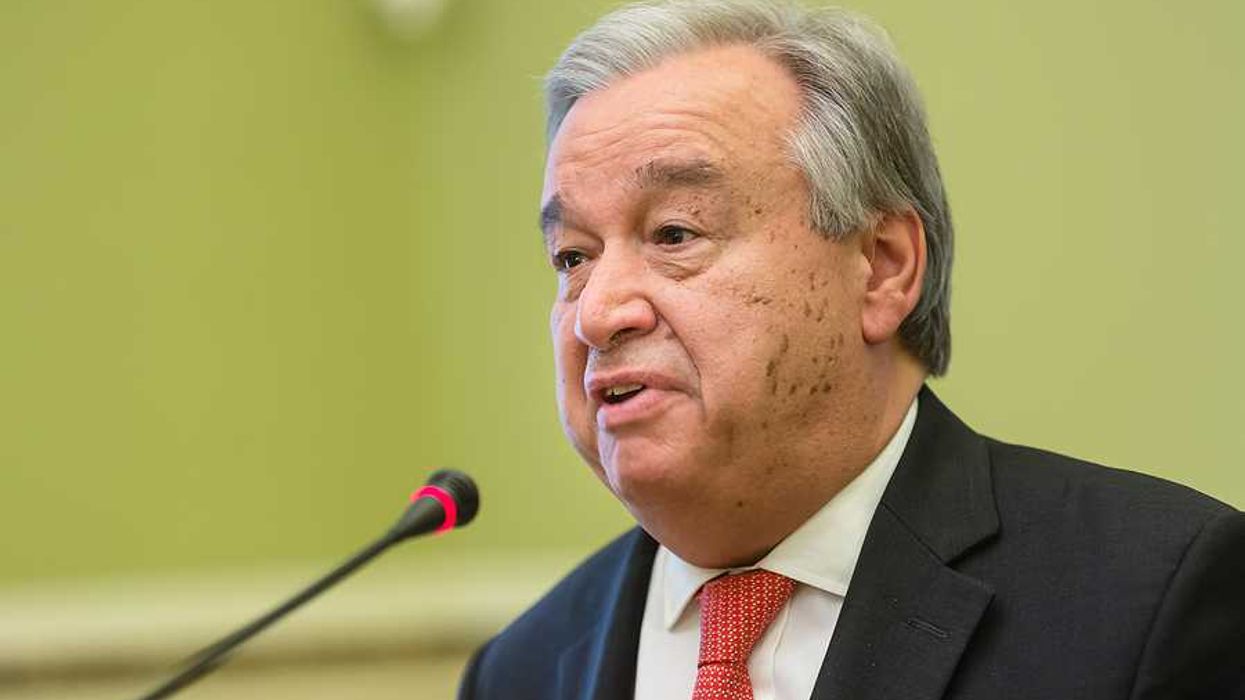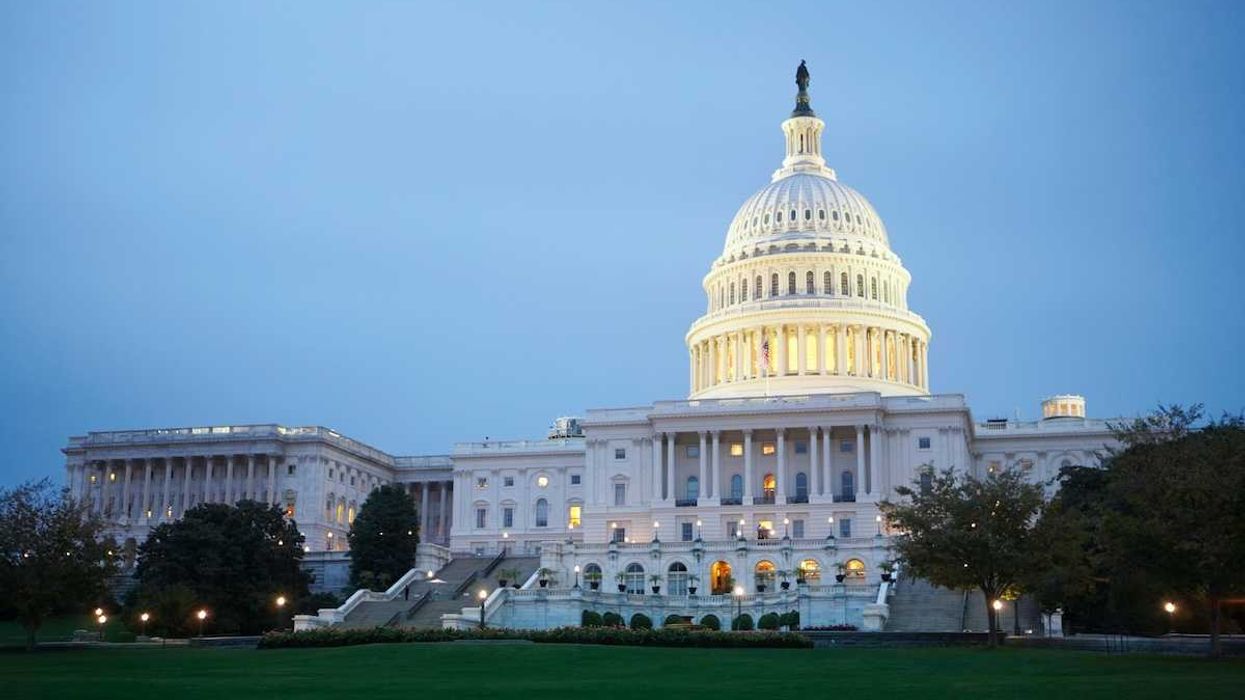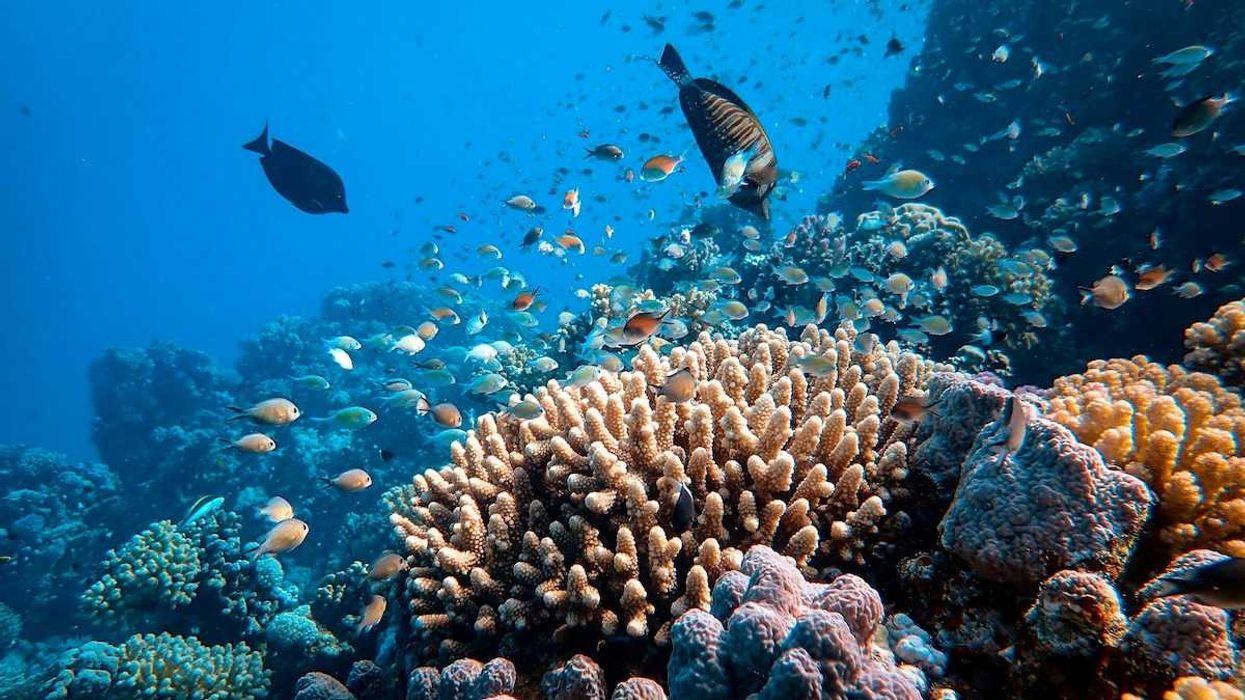By 2050, eight times more children will face extreme heatwaves, three times more will experience floods and millions will face other environmental crises compared to today unless urgent action is taken to address climate change, according to Unicef.
Sarah Johnson reports for The Guardian.
In short:
- Unicef's report also predicts nearly twice as many children will face wildfires compared to the 2000s.
- south Asia, the Pacific, the Middle East, and north, west and central Africa are set to see the largest child populations and the most severe climate impacts.
- Extreme weather and pollution already threaten children's health, education and mental well-being, compounding risks to future generations.
Key quote:
“The decisions world leaders make today – or fail to make – define the world children will inherit … Decades of progress, particularly for girls, are under threat.”
— Catherine Russell, Unicef executive director.
Why this matters:
Children are disproportionately vulnerable to the climate crisis, facing higher risks of disease, malnutrition and mental health issues, and nearly half of them (aorund 1 billion) live in countries at a high risk of environmental disasters. Without swift action to curb emissions and protect vulnerable populations, the next generation will inherit a worsening climate and growing inequities.
Learn more:














